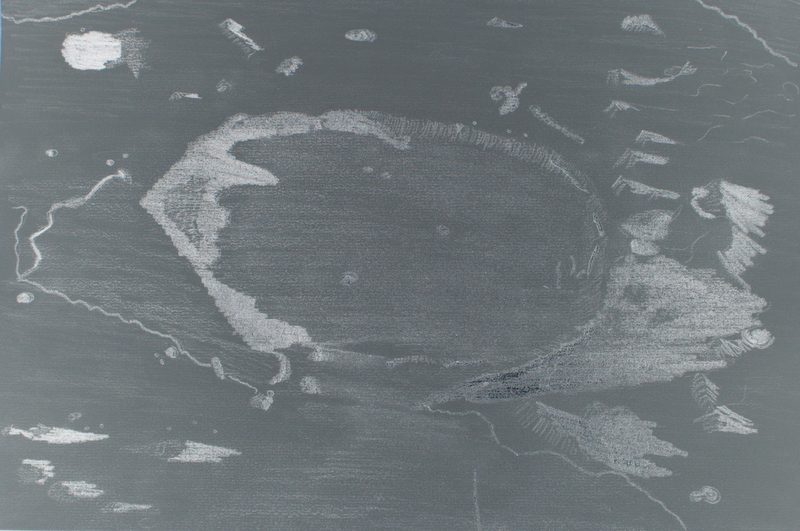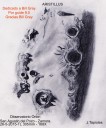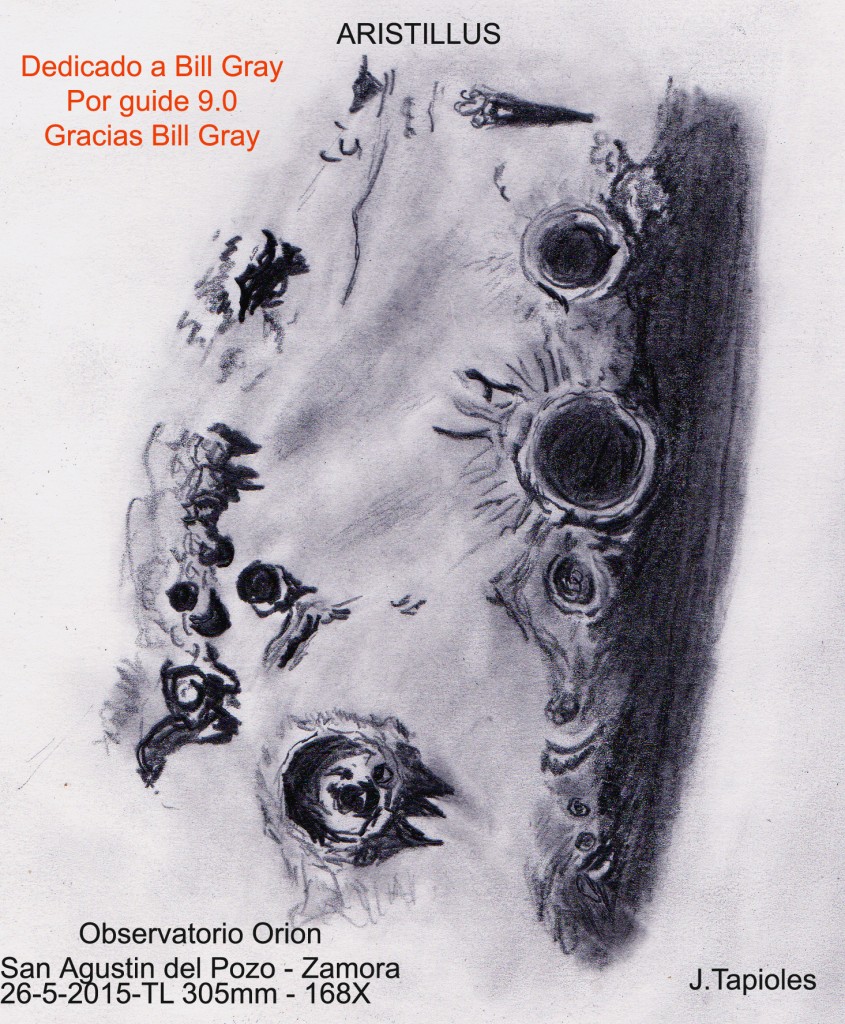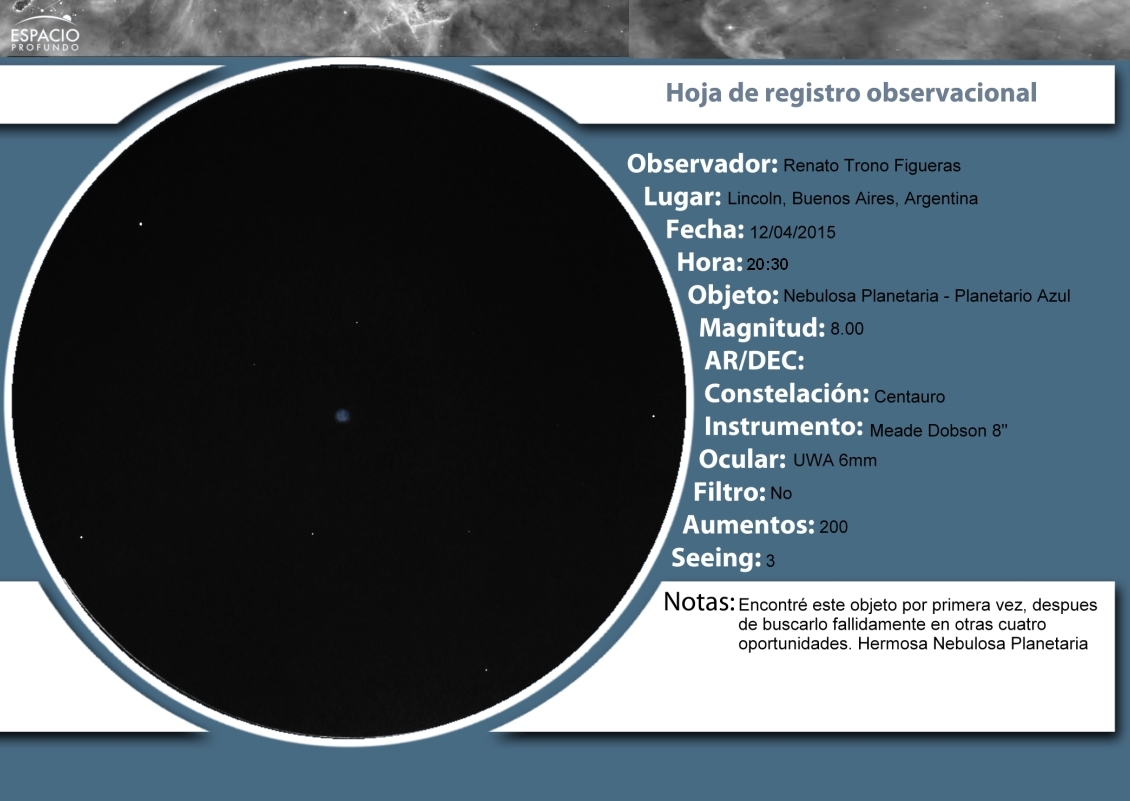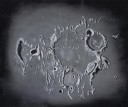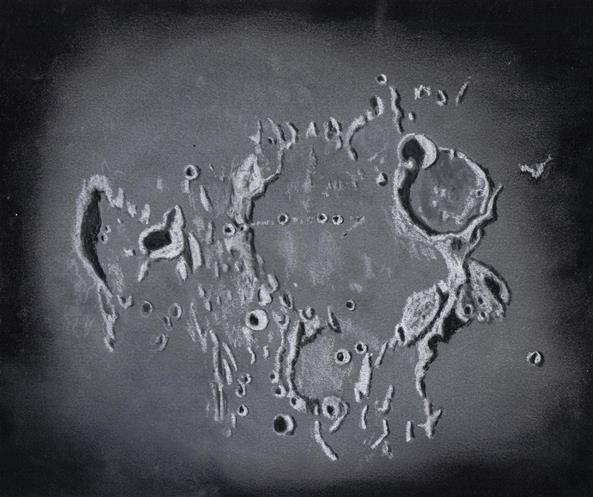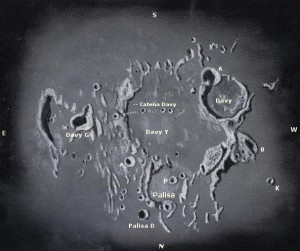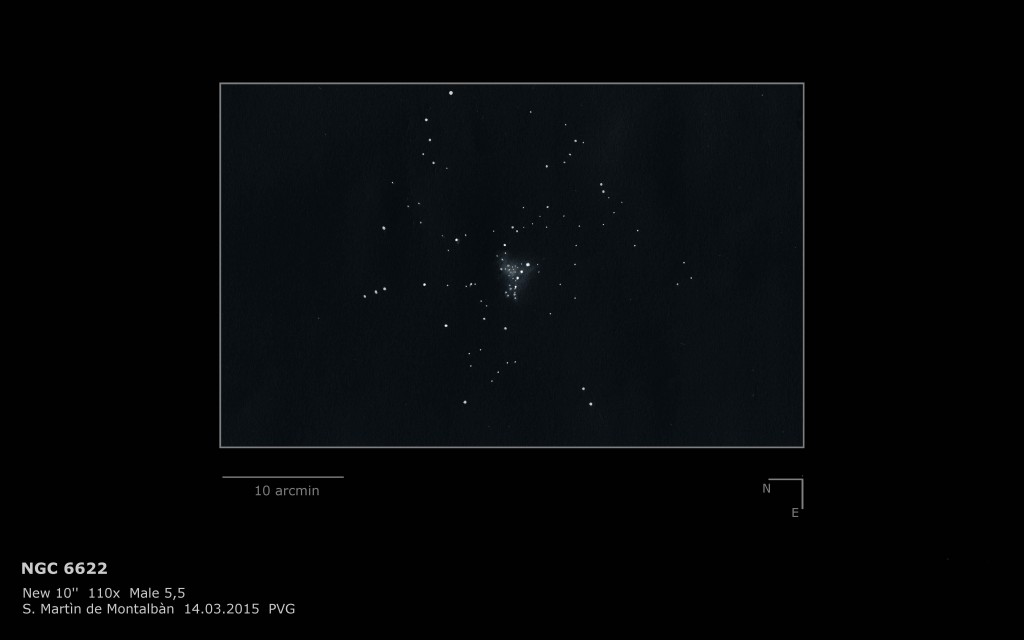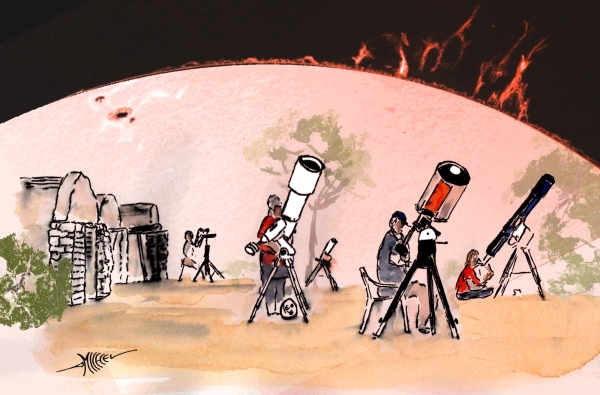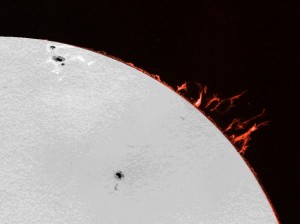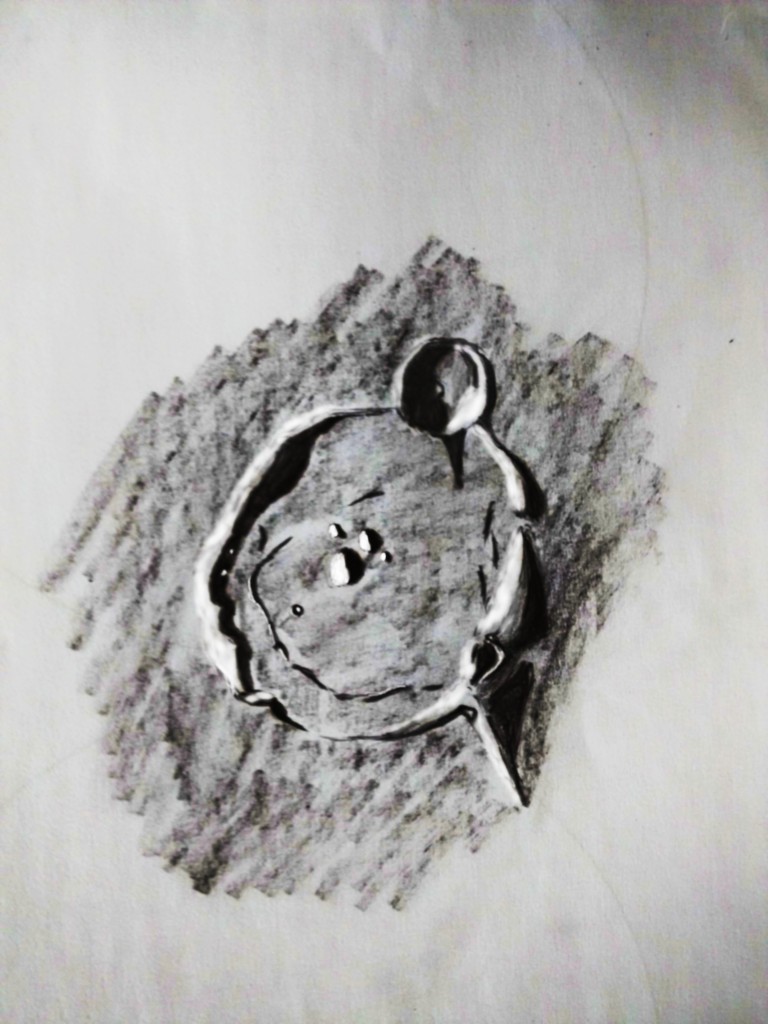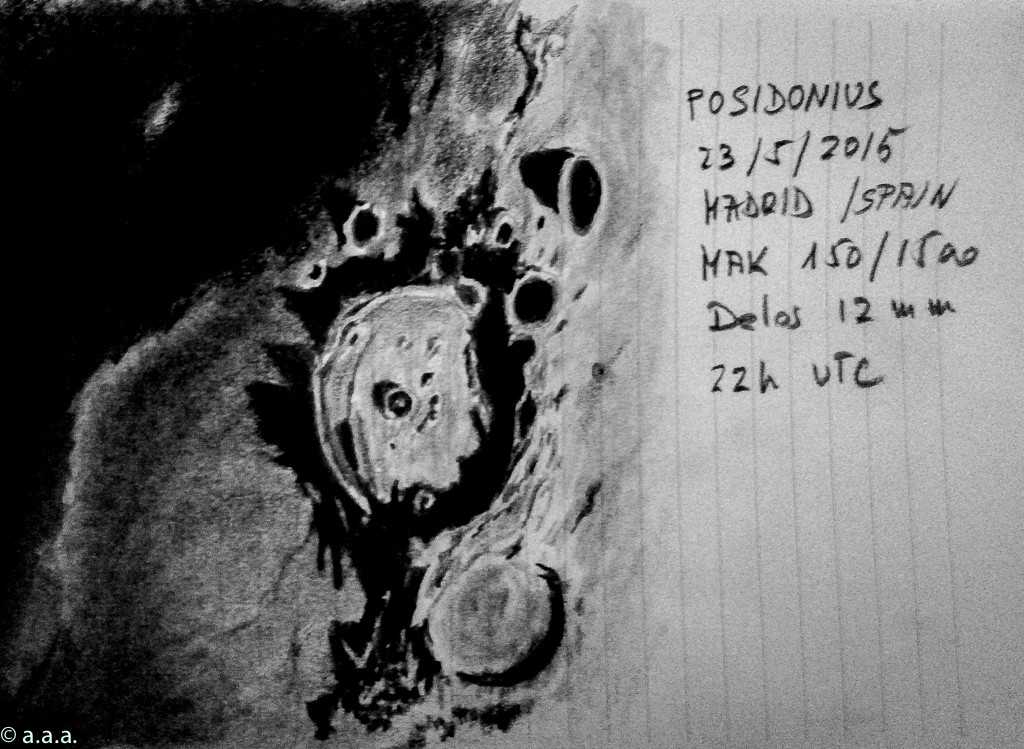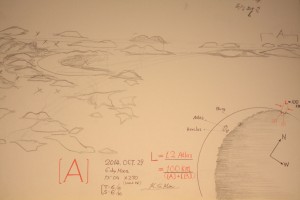Dear fellow astronomical sketchers,
Over eight years ago on March 17, 2007, ASOD launched with our first sketch of the day. In that time, it has been our honor to receive and publish more than 2,800 astronomical sketches from observers of all backgrounds across the globe. You are the ones who have made ASOD successful.
Along the way, the administration of the site has been a home-brewed effort–from site design and administration to the daily processing of your excellent submissions. As you have noticed, it’s not without a few glitches. We value the site, our contributors and our visitors greatly. However, Rich and I have reached a difficult cross-roads. We have both found ourselves at a point where we are unable to continue keeping the site current. For the time being, we will not be posting new submissions. However, we intend to keep this vast and inspiring archive of astronomical sketches live and accessible to all.
If we can determine a viable path to restart daily posts, to increase engagement and quality of the user experience, and overcome a number of growing technical challenges, we will make sure to announce it here. Thanks again for all of your support for this rewarding facet of amateur astronomy.
Yours truly,
Jeremy Perez
//

